Yemshe festival is a culturally rich festival with a substantial tourism prospect. This elegant festival is a dear tradition to the Pochuris Nagas of Nagaland. It is one of the widely known and celebrated harvest festivals in North East India. Mostly, popular festivals of Nagaland are with regards to the harvest cycle practiced by the people there. The entire Pochuri tribe comes together to celebrate this important harvest festival. The festival comprises of certain rituals and ceremonies pertaining to the Pochuris culture. People celebrate and express their warmth and joy through traditional dance, folk music and feasting. People also dress up in their cultural garbs and celebrate. It is celebrated on the 5th day in the month spanning October and in the city called Kohima. The festival usually begins in the last week of September and extends up to the first week in the month of October. The Bamboo dance performed during this festival has great significance and is widely acknowledged globally.
History of the Festival
This festival is celebrated in accordance of a hearty appreciation for the combined efforts put in by the people to achieve the season’s harvest. People of all demographics celebrate this festival with a kind valor in anticipation of a good harvest after putting in painstaking efforts in the fields and farms. People exclude use of maize and millet in the feast and ceremonies and instead use rice. They carry out various religious rituals and ceremonies that are on looked by the priests established in the village. It is the spokesperson of the vicinity who initiates the commencement of the festival. No agricultural activity is to be initiated before the proper completion of the festival. The people pray to the Almighty to bless them with prosperity and render the soil in their lands fertile.
Duration of the Festival
The festival of Yemshe is observed being celebrated in the last week of September to the first week of October. It is commonly celebrated on the 5th of October every year.
Highlights/ Important Rituals of the Festival
- The festival is constituted into two parts labelled as, ‘big Yemshe’ or ‘small Yemshe’ in accordance with the celebration being grandiosely celebrated as a unified village or simply a family oriented affair.
- The entirety that the village or city poses is swept clean by the youths of the community before the festival has its presence acknowledged.
- A city/village spokesperson commences the beginning of the festival by making a small public speech or announcement.
- Feasts are held and wine is exchanged in banana leaves. The use of rice is prominent for preparing feasts and wine.
- Use of millet, maize and other grains is excluded.
- The rituals are to be performed by the head of the family in each house.
- Animals are sacrificed for a higher fertility rate to follow in the lands.
- Frogs are sheltered in the rivers and catching them is prohibited during the festival.
- Pinewood is significantly used for cooking of meat.
- People dance, sing, participate in sports and indulge in feasting.
- The Bamboo dance a traditional dance which is performed by the Pochuri people is eccentrically unique and highly popular within the country.
- This festival is also known for charming visitors who visit the festival on their holidays.


























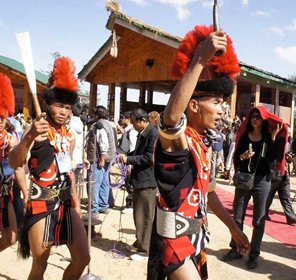
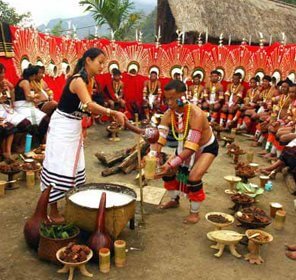
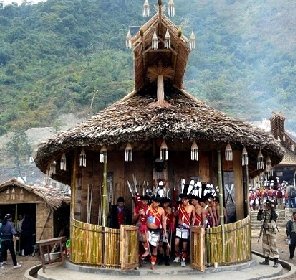
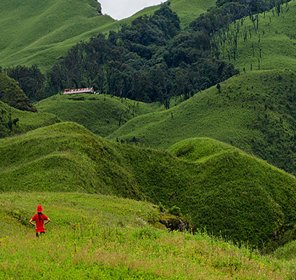
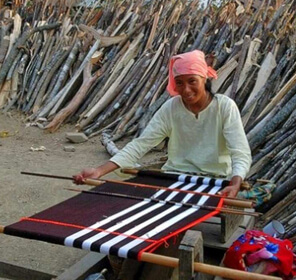
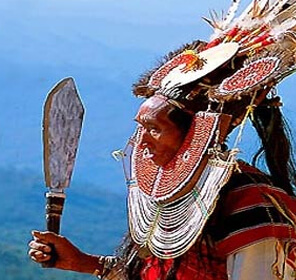
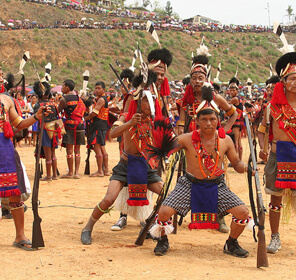
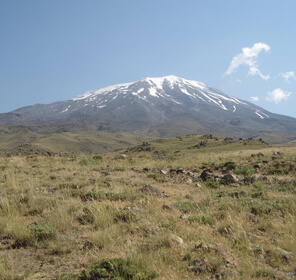
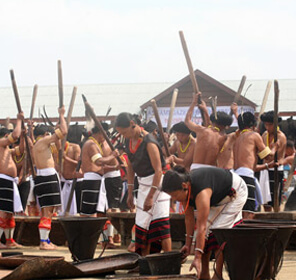
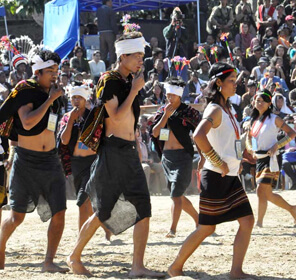
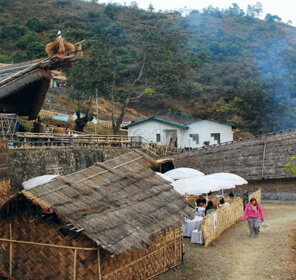
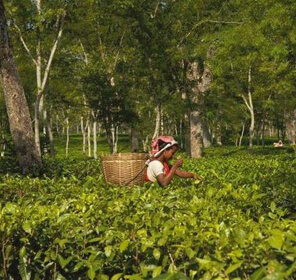
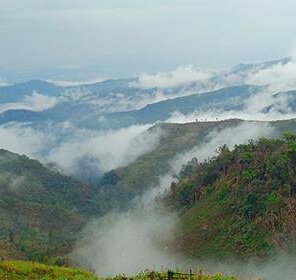
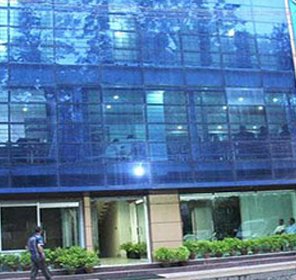
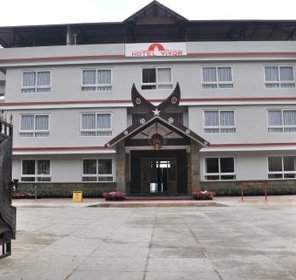
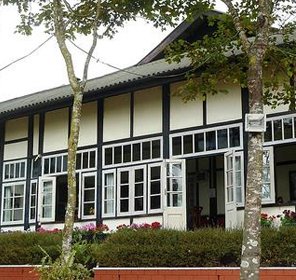
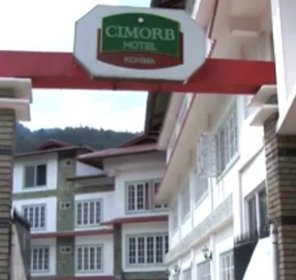
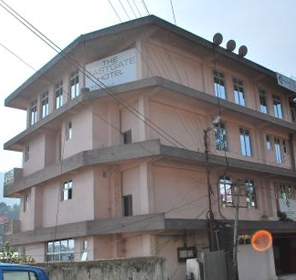
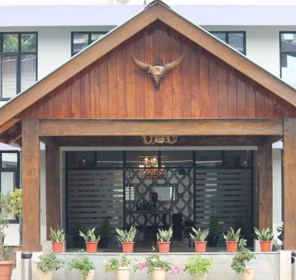
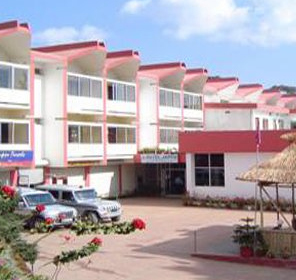
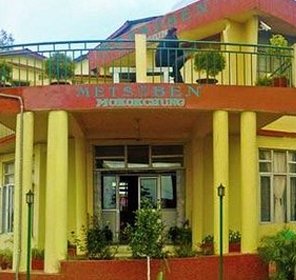
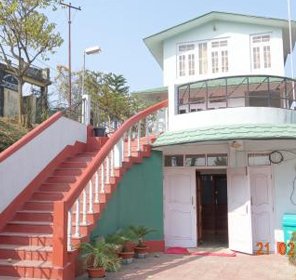
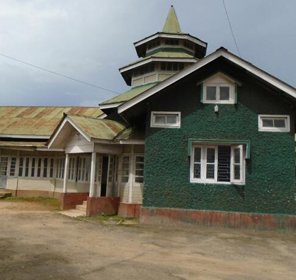

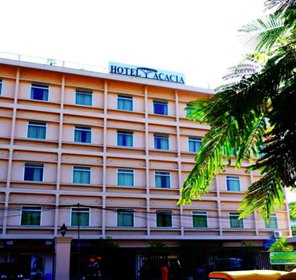
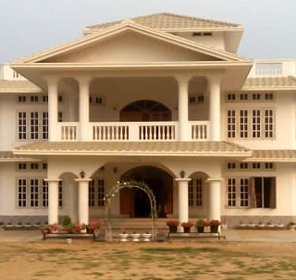
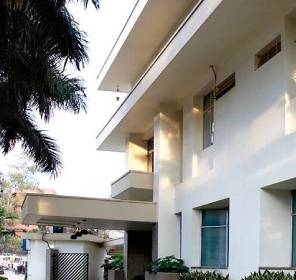
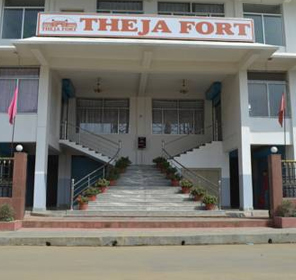


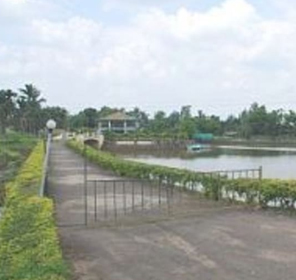

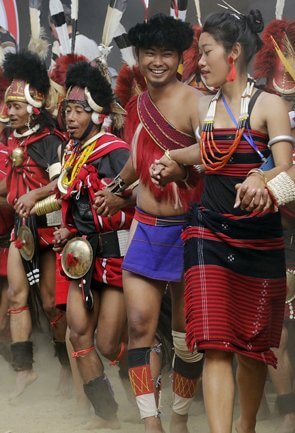
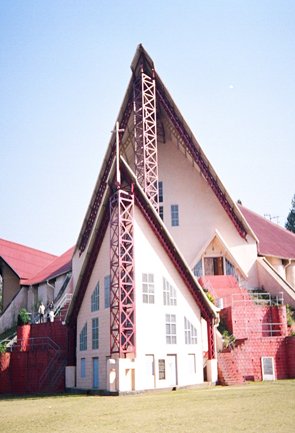
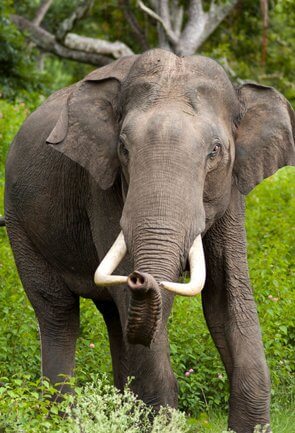

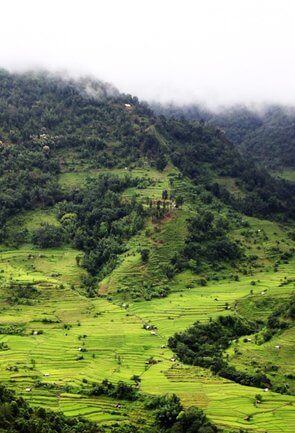
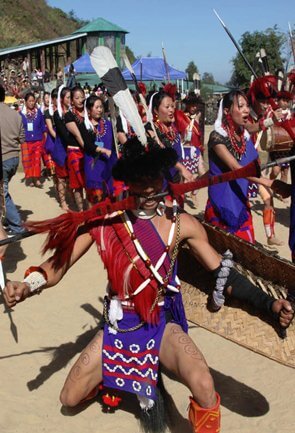



 Plan Trip
Plan Trip Call Us
Call Us Packages
Packages Home
Home